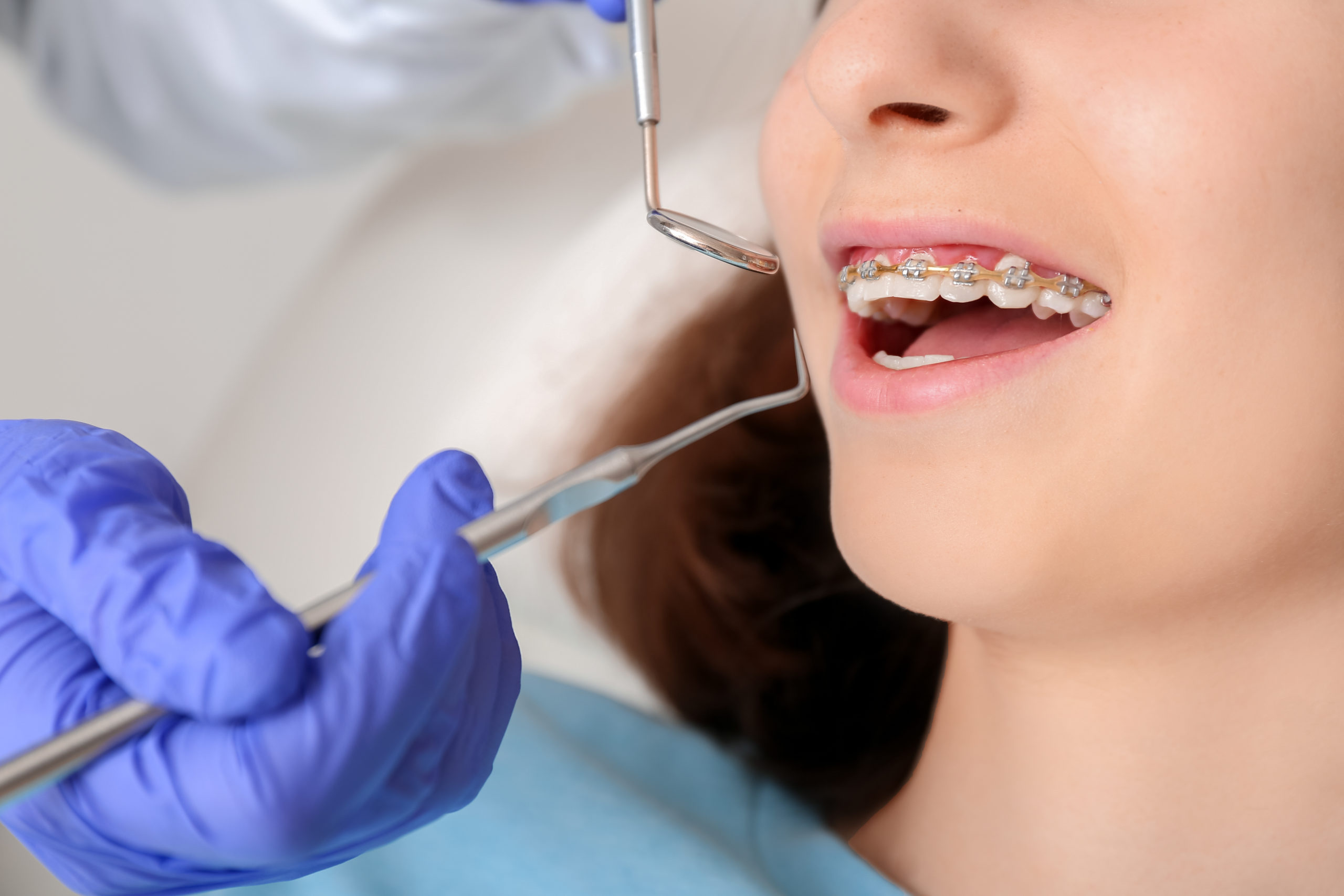Discovering the Right Cumming Orthodontist for Your Braces and Aligners Needs
Discovering the Right Cumming Orthodontist for Your Braces and Aligners Needs
Blog Article
Comprehensive Guide to Orthodontics Treatments for Fixing Dental Misalignments
Understanding the ins and outs of each procedure, including their systems, advantages, and prospective drawbacks, is vital in making notified choices concerning one's orthodontic treatment. As we navigate with the extensive guide to orthodontic procedures for remedying dental misalignments, the complex details of each method will certainly unravel, shedding light on the path towards a harmonious and useful dental positioning.
Orthodontic Procedures Introduction

In enhancement to clear aligners and standard braces, orthodontists may also recommend various other interventions like headgear, palatal expanders, or retainers to deal with details alignment problems (cumming invisalign). These treatments are customized to every patient's special needs and might include a combination of therapies to accomplish the desired results. Routine adjustments and surveillance are important components of orthodontic therapy to ensure progression gets on track and to make any type of needed adjustments along the way. By undertaking orthodontic treatments, individuals can not just attain a straighter smile however also boost their total dental health and wellness and function.
Conventional Braces: How They Work
When taking into consideration orthodontic treatments for dental imbalances, traditional dental braces stand out as a time-tested technique for remedying teeth positioning. Traditional dental braces include brackets, cables, and bands that collaborate to use continuous stress on the teeth, gradually moving them right into the wanted positioning. The braces are connected to the teeth utilizing a special adhesive, and the wires are threaded via the brackets. By changing the stress of the wires, orthodontists can control the direction and pressure related to each tooth, leading them right into proper positioning gradually.
As stress is used to the teeth with the dental braces, the bone surrounding the teeth is improved to support the brand-new tooth settings. People will require regular adjustments at the orthodontist's office to ensure the braces continue to use the appropriate pressure for effective teeth motion.
Unseen Aligners: Cons and pros
These clear, tailor-made trays are virtually undetectable when used, making them an enticing alternative for people seeking a more aesthetically pleasing orthodontic therapy. Clients can eliminate the aligners before eating or brushing their teeth, minimizing the threat of food getting stuck in the appliance and streamlining the cleansing process.

Surgical Orthodontic Options
Surgical interventions in orthodontics existing viable choices for dealing with complex oral misalignments that may not be properly settled through traditional orthodontic therapies. While undetectable aligners and conventional my blog braces can correct many orthodontic issues, specific cases need surgical treatment to accomplish ideal outcomes. Surgical orthodontic options are generally suggested for extreme malocclusions, considerable jaw disparities, and situations where the underlying bone framework requires alteration to accomplish proper alignment.
One common medical orthodontic procedure is orthognathic surgery, which includes repositioning the jaws to correct functional concerns such as difficulty chewing or speaking. This surgical procedure is often done in collaboration with an orthodontist that aids align the teeth before and after the procedure. Surgical orthodontics may likewise involve treatments to subject influenced teeth, eliminate excess gum cells, or reshape the jawbone to produce a more unified face account.
Prior to thinking about medical orthodontic alternatives, patients undertake a thorough examination to figure out the requirement and prospective advantages of such treatments. aligners. While surgical treatment might seem daunting, it can considerably boost both the function and visual appeals of the smile in cases see this site where traditional orthodontic therapies fail
Retainers and Post-Treatment Treatment

Post-treatment treatment entails adhering to the orthodontist's guidelines vigilantly. This may include correct oral hygiene methods, participating in follow-up visits, and wearing the retainers as recommended. Failure to abide by post-treatment care directions can cause regression, where the teeth slowly return in the direction of their initial settings. Regular retainer wear, excellent oral hygiene, and normal oral examinations are important for keeping the outcomes achieved through orthodontic surgery and guaranteeing the long-term stability of the remedied oral placement.
Final Thought
In verdict, orthodontic treatments provide various options for fixing dental imbalances. Surgical orthodontic options are available for more extreme misalignments. Generally, orthodontic procedures can successfully boost dental health and visual appearance.
As we navigate with the comprehensive guide to orthodontic procedures for correcting dental misalignments, the complex details of each technique will unfold, shedding light on the path toward a useful and harmonious oral positioning. - cumming orthodontics
One of the most typical orthodontic therapies is the use of dental braces, which are composed of metal brackets and cables that use mild pressure to gradually shift teeth into the desired setting.When considering orthodontic therapies for oral imbalances, typical dental braces stand out as a tried and true technique for dealing with teeth positioning. Additionally, unseen aligners might not be ideal for intricate orthodontic issues that require more significant teeth movement, as they are normally suggested for light to moderate situations. Retainers are personalized orthodontic devices designed to hold teeth in their fixed placements after the conclusion of orthodontic therapy.
Report this page